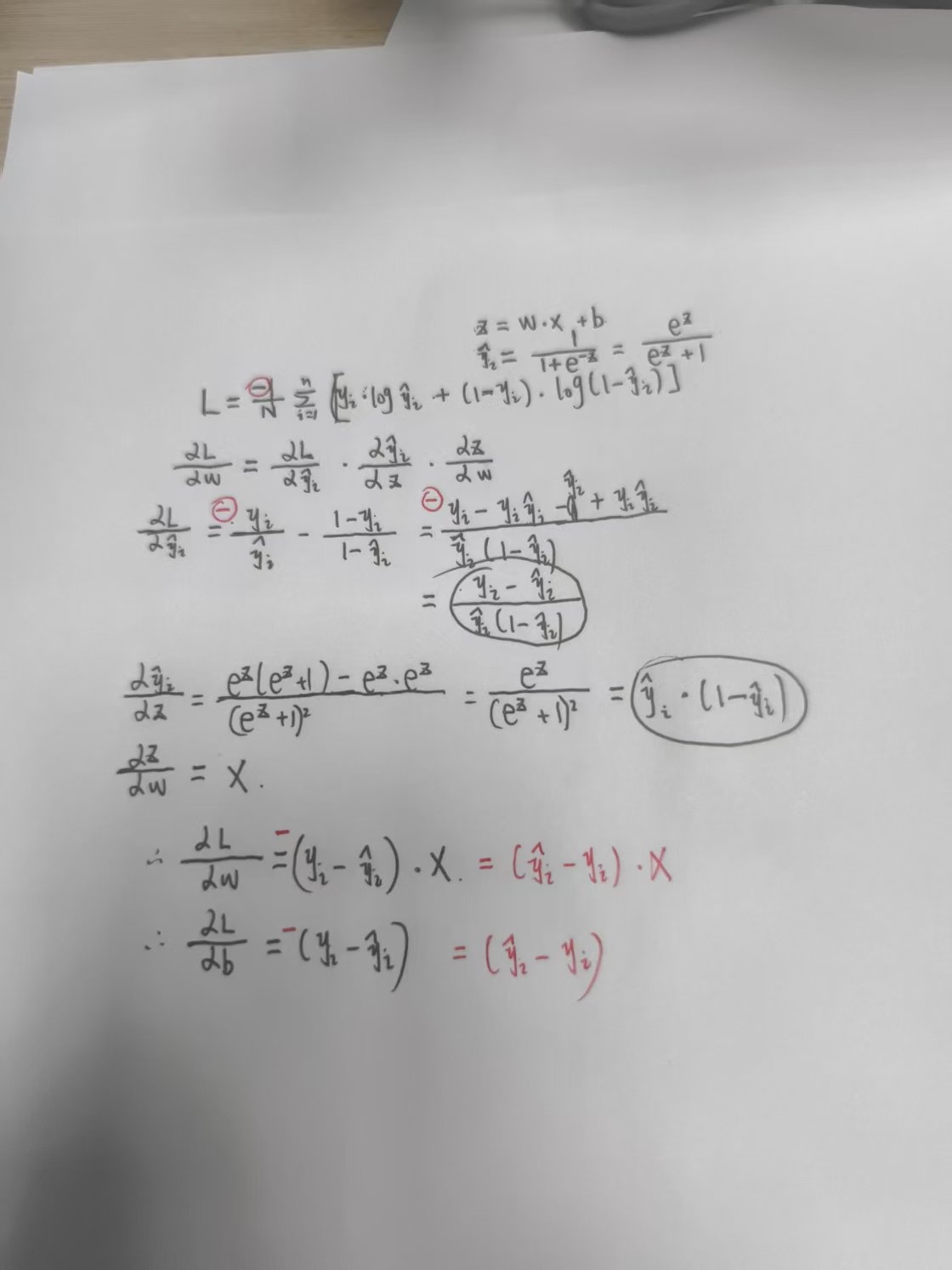python脚本,读取命令行参数并打开txt文件
import sys
def read_file(path):
try:
with open(path,'r') as file:
content = file.read()
return content
except FileNotFoundError:
print(f"路径为{path}的文件没有找到")
except PermissionError
print(f"路径为{path}的文件无法访问")
if _name_ == "main":
if len(sys.argv) != 2:
print("错误")
else:
path = sys.argv[1]
content = read_file(path)
注意力机制
import torch
import torch.nn as nn
import numpy as np
class attention(nn.module):
def __init__(self, input_dim, output_dim):
super(attention, self).__init__() # 调用父类的构造方法来完成一些基础的初始化工作
self.input_dim = input_dim
self.output_dim = output_dim
self.W_K = nn.linear(input_dim, output_dim)
self.W_Q = nn.linear(input_dim, output_dim)
self.W_V = nn.linear(input_dim, output_dim)
self.softmax = nn.softmax(dim=-1)
def forward(self, K, Q, V):
K = self.W_K(K)
Q = self.W_Q(Q)
V = self.W_V(V)
score = torch.matmul(Q,K.transpose(-1,-2))/np.sqrt(self.input_dim)
score = self.softmax(score)
output = torch.matmul(score,V)
return output
多头注意力机制
import torch
import torch.nn as nn
import numpy as np
class muti_head_attention(nn.modul)
def _init_(self,d_model, head_num, dropout):
super(muti_head_attention, self)._init_()
self.d_model = d_model
self.head_num = head_num
self.head_dim = d_model // head_num # 整数除法运算符
self.Q = nn.Linear(d_model, d_model)
self.K = nn.Linear(d_model, d_model)
self.V = nn.Linear(d_model, d_model)
self.out = nn.Linear(d_model, d_model)
self.dropout = nn.Dropout(dropout)
def forward(self, q, k, v, mask):
q = self.Q(q).view(q.size(0),-1, self.head_num, self.head_dim) # -1自动计算序列长度
k = self.K(k).view(k.size(0),-1, self.head_num, self.head_dim)
v = self.V(v).view(v.size(0),-1, self.head_num, self.head_dim)
q = q.transpose(1,2)
k = k.transpose(1,2)
v = v.transpose(1,2)
scores = torch.matmul(q, k.transpose(-2,-1)) / np.sqrt(head_dim)
scores = scores.masked_fill(mask == 0, 1e-9)
weight = softmax(scores, dim = -1)
output = torch.matmul(weight, v)
output = output.transpose(1,2).view(q.size(0), -1, d_model)
output = self.out(output)
output = dropout(output)
return output
损失函数
import numpy as np
# MSE
def mse_loss(y_true, y_pred):
return np.mean((y_true - y_pred) ** 2)
# MAE
def mae_loss(y_true, y_pred):
return np.mean(np.abs(y_true - y_pred))
# Cross_entropy
def Cross_entropy(y_true, y_pred, epsilon=1e-12):
y_pred = np.clip(y_pred, epsilon, 1-epsilon)
return -np.mean(y_true * np.log(y_pred))
# entropy
def entropy(p,epsilon=1e-12):
p = np.clip(p, epsilon, 1-epsilon)
return -np.mean(p * np.log(p))
# binary cross_entropy
def binary_cross_entropy(y_true, y_pred, epsilon):
y_pred = np.clip(y_pred, epsilon, 1-epsilon)
return -np.mean(y_true * np.log(y_pred) + (1-y_true) * np.log(1-y_pred))
# KL_divergence
def KL_divergence(y_true, y_pred, epsilon):
y_true = np.clip(y_true, epsilon, 1-epsilon)
y_pred = np.clip(y_pred, epsilon, 1-epsilon)
return np.mean(y_true * np.log(y_true / y_pred))
Logistic_regression
import torch
import torch.nn as nn
class logistic_regression(nn.module):
def _init_(self, input_dim):
super(logistic_regression, self)._init_()
self.input_dim = input_dim
self.w = nn.linear(input_dim, 1)
self.sigmoid = nn.sigmoid()
def forward(self, x):
x = self.w(x)
x = self.sigmoid(x)
return x
Logistic_regression(不用pytorch)
import Numpy as np
class logistic_regression:
def _init_(self, lr, iteration) :
self.lr = lr
self.iteration = iteration
self.w = None
self.b = None
def My_sigmoid(x)
return 1/(1+np.exp(-x))
def train(self, X, y)
batch_size, input_dim = X.shape
self.w = np.zero(input_dim)
self.b = 0
for _ in range(self.iteration):
O = np.dot(X, self.w) + self.b
y_pre = self.My_sigmoid(O)
d_w = (1/self.iteration) * np.dot(X.T, (y_pre - y_)) #点积里面已经包含加法了
d_b = (1/self.iteration) * np.sum(y_pre - y)
self.w = self.w - self.lr * d_w
self.b = self.w - self.lr * d_b

位置编码


